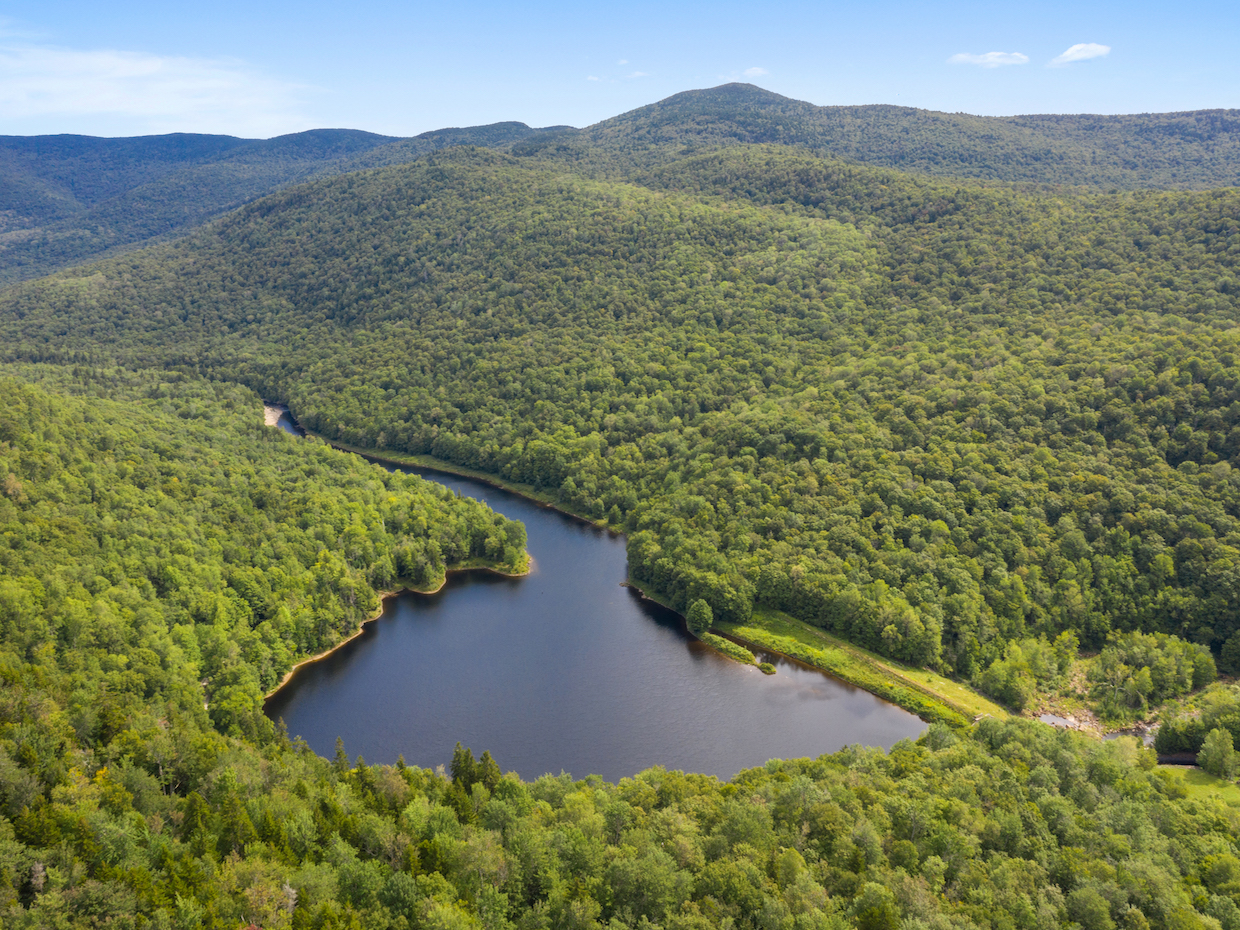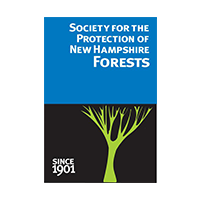What Are Conservation Easements?
A conservation easement (CE) is a permanent deed restriction that restricts certain uses of the land to protect specific natural resource values found on that property. The landowner grants the CE to a “qualified conservation organization” as defined bylaw; that organization is thus empowered to monitor and enforce the terms of the conservation easement. Every CE is unique, tailored to each property based on the resources, landowner’s objectives, and conservation organization’s mission.
Great River Hydro Conservation Easements
Great River Hydro owns significant tracts of land associated with its hydroelectric projects, mostly concentrated in its Deerfield and Fifteen Mile Falls projects. Permanent conservation of those properties was made a condition of the relicensing of those projects (though not subject to a FERC license, the Connecticut Lakes properties were protected during the relicensing of Fifteen Mile Falls). Since the land is located in varying geographies, the conservation easements are held by several different organizations:
Project Area
Conservation Easement Holder
Acreage Under Easement
Upper Deerfield (VT)
Vermont Land Trust
15,736 acres
Lower Deerfield (MA)
MA Department of Conservation and Recreation
1,362 acres
Fifteen Mile Falls (VT/NH)
New England Forestry Foundation
3,965 acres (VT)
2,953 acres (NH)
Connecticut Lakes (NH)
Society for the Protection of New Hampshire Forests
2,314 acres
Though the precise terms of each CE vary, they generally share some basic similarities:
- Limits future development of the property to hydroelectric generation and transmission (i.e. limits subdivision, mining, construction, etc. of the property not directly associated with requirements of license or related to hydroelectric generation and transmission)
- Allows for continued use of the property in accordance with the terms of the pertinent FERC licenses and/or settlement agreements
- Allows for forest management in accordance with plans and best management practices
- Recreational resource value of the properties is recognized though unrestricted public access is not granted or guaranteed
- Establishes a relationship of consultation and coordination with grantee organization
By definition, conservation easements are perpetual and “run with the land”. In other words, the CE will remain in full force and effect against any and all future owners of the property. Similarly, conservation easements may be transferred from one conservation entity to another, though such transfers are extremely rare. Conservation easements can be amended under certain circumstances. Generally speaking, only eminent domain can override CE terms.

Searsburg Reservoir


Comerford Reservoir





